This week’s Rocket Roundup includes Inspiration4, the first all-private citizen orbital spaceflight. Plus, a Chinese crew returns to Earth, and China sends up a resupply spacecraft to prepare for their next crewed expedition. And this week in rocket history looks back at the Surveyor 2 mission.
Podcast
Show Notes
Inspiration4: The first all private citizen orbital spaceflight
- Inspiration4 launch press release
- Inspiration4 splashdown press release
- Launch video
- Splashdown video
Chinese astronauts return to Earth
China prepares for next crewed mission
- CASC launch press release (Chinese)
- Out of the box! Let’s see what Tianzhou III brought to the sky (Xinhuanet) (Chinese)
- CASC docking press release (Chinese)
- Launch video
- Docking video
This Week in Rocket History: Surveyor 2
Transcript
Hello, and welcome to the Daily Space. I am your host Dr. Pamela Gay.
And I am your host Annie Wilson.
Most weekdays the CosmoQuest team is here putting science in your brain.
Today, however, is for Rocket Roundup.
Let’s get to it, shall we?
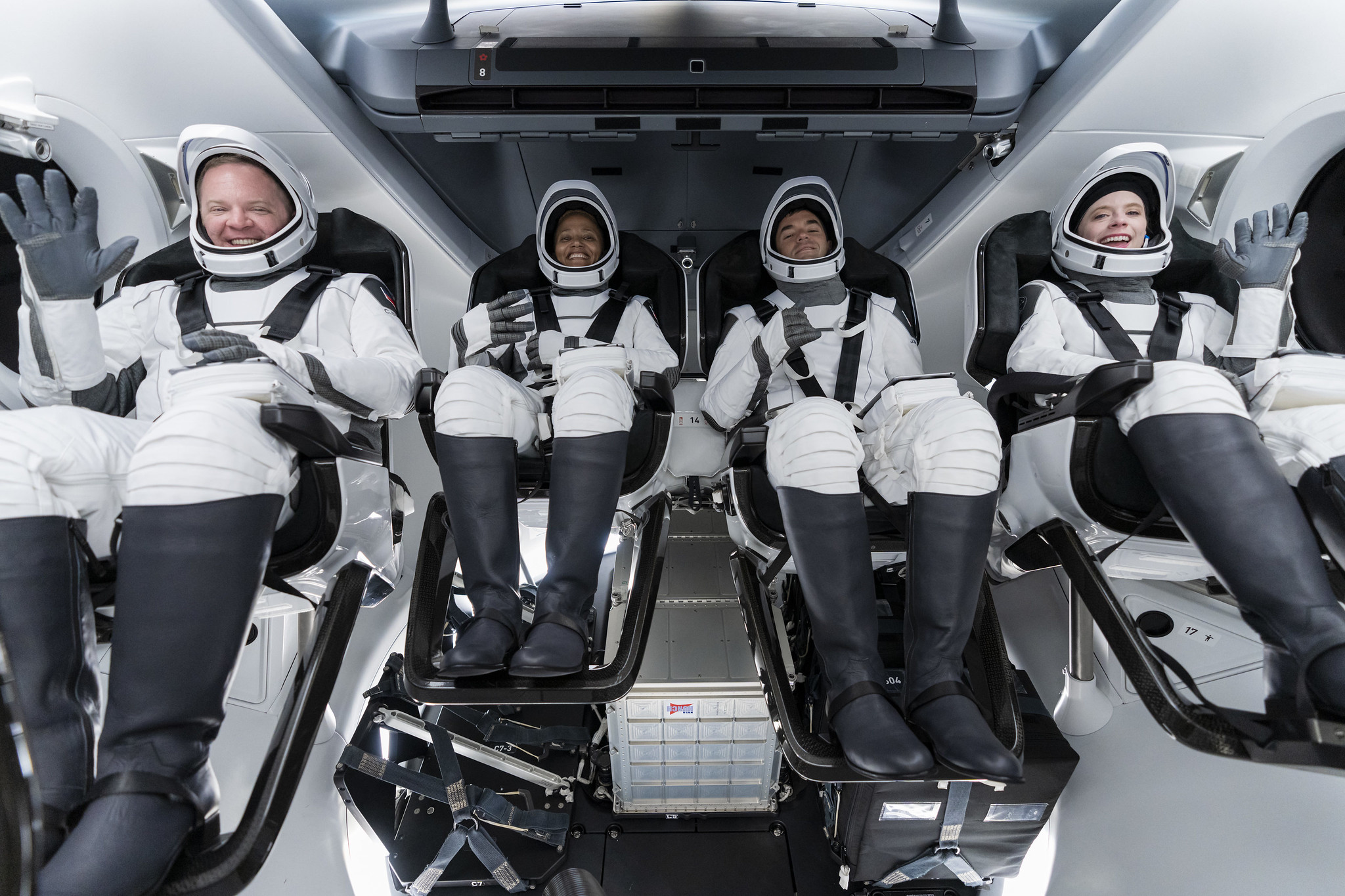
First up, on September 16 at 00:02 UTC, Falcon 9 Booster 1062 launched Crew Dragon Resilience carrying the Inspiration4 crew into low Earth orbit. This flight was purchased by billionaire and pilot, Jared Isaacman. Flying alongside him was Dr. Sian Proctor, a geology professor who became the fourth Black woman to go into space; Hayley Arceneaux is the first person with an implant to go into space, a metal rod in her left thigh as a result of her childhood bone cancer; Chris Sembroski, a data engineer and Air Force veteran. This mission’s diversity is amazing and shows that we have a long way to go in making NASA’s astronaut core truly representative.
Their flight plan followed the same path as missions to the ISS, allowing them to use the same abort sites and other safety plans as past NASA crewed missions. They didn’t actually go to the ISS, however, but continued on to a higher orbit.
Booster 1062 successfully landed on the droneship Just Read The Instructions, completing its third flight.
The mission had a whole list of notable things including but not limited to:
- the first orbital spaceflight to not visit a space station since STS-125 in 2009 (that was the shuttle mission that repaired the HST),
- the first launch to landing reuse of a crewed capsule,
- the first time two reused crew spacecraft were in orbit at the same time (Inspiration4’s Dragon and one of the Dragons on the ISS),
- the largest single piece window launched into space,
- the first time three SpaceX Dragon’s were in orbit at the same time (two Crew Dragons and a Cargo Dragon),
- and finally, the quickest turnaround between flights of the same reusable crewed spacecraft at 136 days. For comparison, the Space Shuttle averaged 152 days between flights of the same vehicle before the Challenger accident and 226 days afterward, not counting the stand-down time after the accidents.
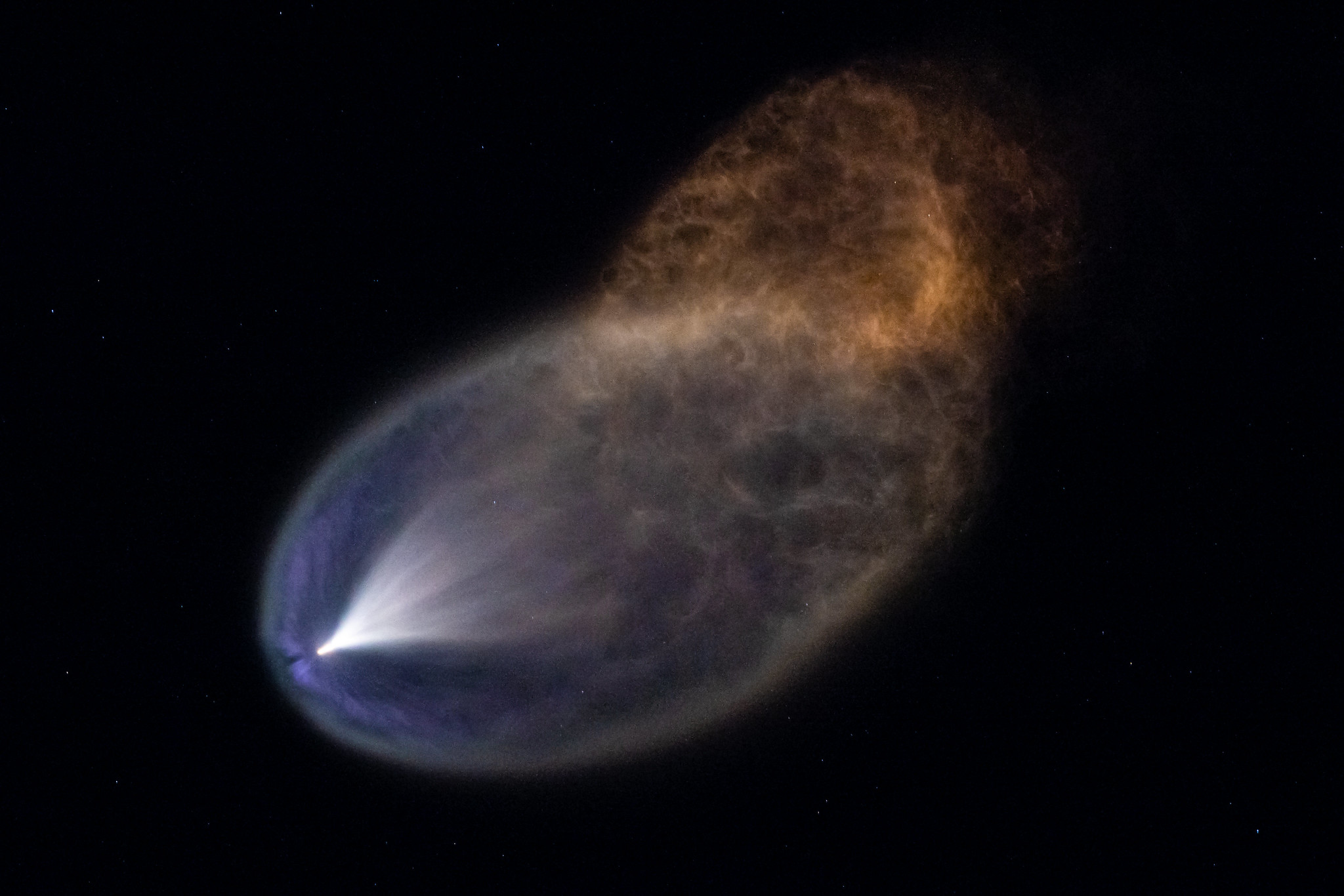
None of these factors are what caused so many of us to tune in and watch the launch, however. This mission was the first to demonstrate that if you have enough money, you can become a gentle-person explorer in the same spirit as the wealthy researchers of two centuries ago. Once upon a time, when research was self-funded, it was wealthy gentle-folk who led research in archaeology, astronomy, and myriad other fields. In astronomy, we greatly benefited from men like William Parsons, the third Earl of Rosse. His mammoth telescopes were beyond what universities could afford and allowed the structures of galaxies to be studied for the first time.
Inspiration4 was leveraged to do research on space radiation. It went to a significantly higher orbit than the majority of human missions. Data collected, including blood work and ultrasound data, will aid research exploring how to safely make it beyond low-Earth orbit and its protective magnetic field.
Unlike a NASA mission, there was little coverage after spacecraft separation. This crew could stop and enjoy the experience of their trip to space without having to be on camera at all times. This is the next step in normalizing human spaceflight. It also means that whatever went wrong with their waste management system wasn’t shown on camera, and I suspect everyone is grateful to not actually know the details on that issue.
This mission was not without controversy. Following on the heels of Richard Branson and Jeff Bezo’s tourist flights to the boundary of space, a lot of folks were geared up to find things to be upset about, and SpaceX provided. Anyone tuning in heard this mission described as “the first all civilian orbital flight” and this led to a lot of folks, especially military folks, simply saying, “No”. This is where language gets tricky.
There have been a number of NASA and Russian flights that included no one with any active-duty military experience. There have not been any missions that didn’t include someone inducted into the astronaut core. Many nations allow people to apply to be astronauts, and in the U.S., this is one of those jobs like FBI agent or postal worker in which you are part of the Federal Government and are expected to act, even in your private life, in certain non-partisan ways as a sworn civil servant. When SpaceX and NASA say this was the first all civilian mission, they mean there were no active-duty military or civil servants.
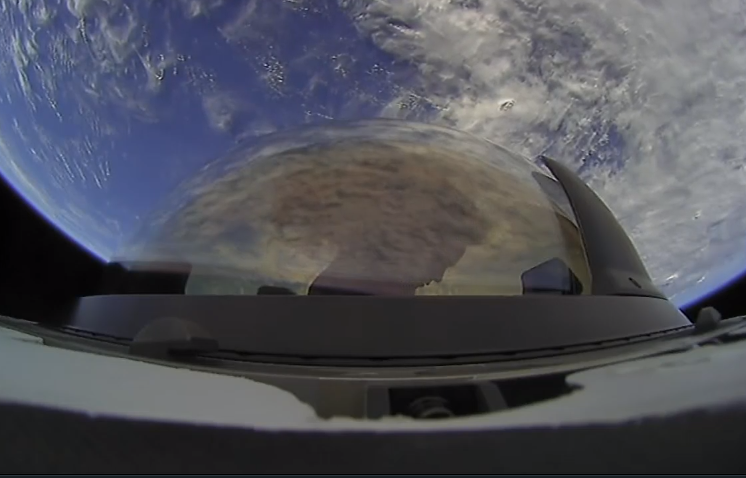
And this is where people, including me, faced a lot of mixed emotions with this flight. It is amazing to see how one wealthy man with a dream can help three others achieve their own dreams of space flight. It was amazing to see how this mission, like a 5K charity run, was leveraged to raise money for St. Jude’s Childrens’ Research Hospital. But to those of us who live not-for-profit lives and have worked to confine our dreams to what NASA’s budget and NSF grant awards allow, this mission brought heartache.
We are returning to the days of intellectual pursuits being somewhat limited to those with the privileges of wealth and to that fraction of a percent who have the merit and the luck and the privilege to rise up through competition to succeed. I want a world where anyone with the capability to be a scientist has the opportunity to be an academic researcher earning a fair wage, and that is not our reality. But that is a story for a longer think piece or two, which I’ll be posting on Medium.
For now, let’s celebrate what this crew accomplished and look forward to the efforts of future private launches.
After three days in space, Inspiration4 returned to Earth on the evening of September 18. They landed in the Atlantic Ocean about 44 kilometers east of Cape Canaveral at 23:06 UTC, making this SpaceX’s first recovery of a Dragon in the Atlantic Ocean.
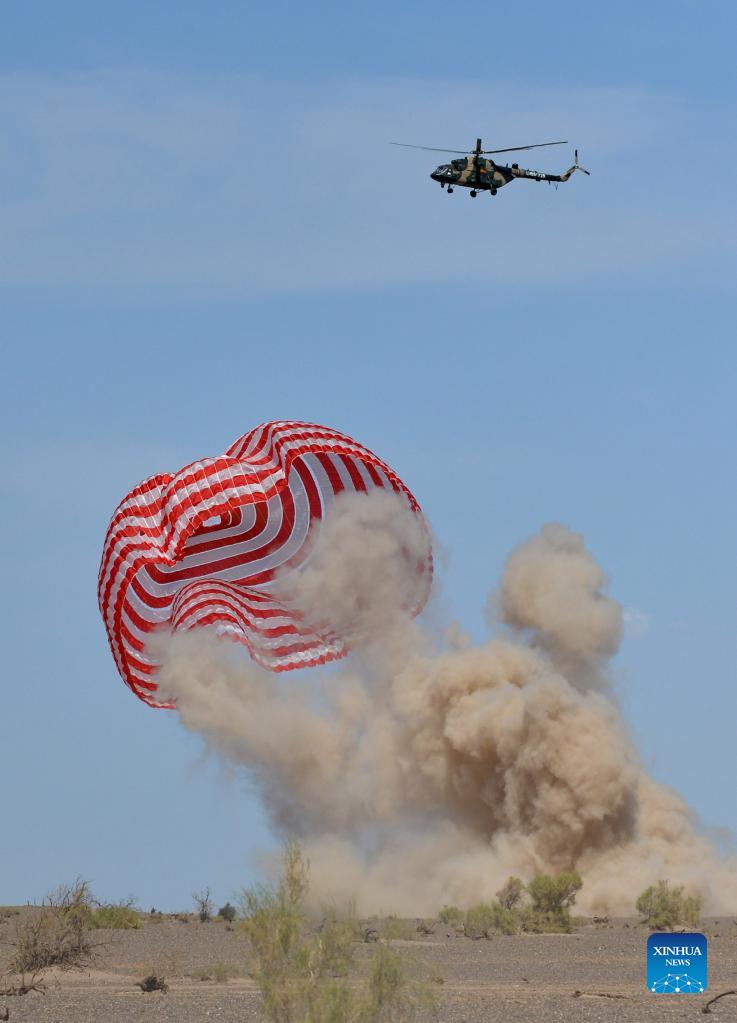
Next up, on September 16 at 05:34 UTC the Chinese Shenzhou 12 spacecraft returned to Earth after spending 93 days in space, landing near the Jiuquan Satellite Launch Center. Ninety-three days in space may not sound like much, but it is a new record for China, nearly tripling their previous record of 33 days.
The off-nominal but safe landing resulted in the capsule resting on its side, which left the astronauts literally hanging in their seats and held in place by restraints. Fortunately, they weren’t left hanging for long as recovery crews were at the capsule minutes after landing, thanks to people at mission control who continuously updated the landing predictions from the moment the parachute opened.
The capsule laying on its side did present a challenge to the recovery team. On the bottom of the craft is a gamma-ray altimeter. For most of the mission, it’s protected by the heat shield. In order for the capsule to make a soft landing, the altimeter needs to be exposed, so the heat shield is jettisoned during descent. A nominal landing would have seen this tiny little package of radiation in a safe orientation facing the ground. Since it was most definitely not pointed to the ground, the recovery team needed to take special care to ensure that no one was exposed to radiation.
The Soyuz version of the altimeter, which the Shenzhou is based on, has a Cesium 137 source. If you were to stand next to it for one hour at a one-centimeter distance, you would be exposed to thirteen times the career exposure limit of a NASA astronaut. This is enough to kill a human. If you were to move a meter away from the altimeter and stand there for an hour, you would be exposed to about the same amount of radiation experienced by a flight attendant in a year. The Chinese bought the Soyuz altimeter for Shenzhou and used it until Shenzhou 8 when they made their own. Patrons can read this week’s bonus content to find out more details about the gamma-ray altimeter.
So, back to the astronauts. The three crew members were helped out of the spacecraft and settled into fancy space beach chairs, where they made short remarks. The conclusion of this mission brought Nie Haisheng up to 111 days in space across three missions, Liu Boming to a total of 95 days from two flights, and Tang Honbo to 93 days, as this was his first spaceflight.
Now, for a launch that prepares for the next Chinese crewed mission.
On September 20 at 07:00 UTC, a Chinese Long March 7 launched the Tianzhou 3 resupply spacecraft to Tianhe, the first module of the new Chinese space station, from the Wenchang Satellite Launch Center on Hainan Island.
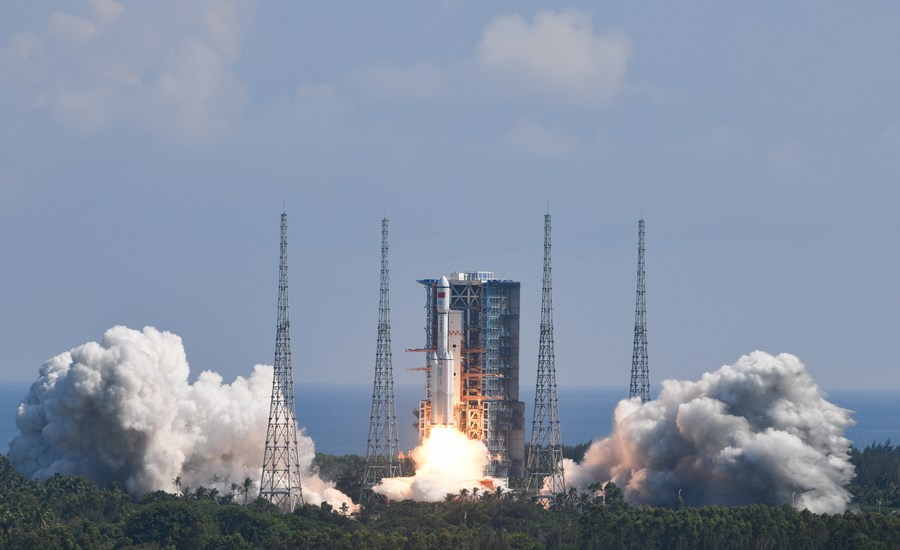
Wenchang is the first Chinese launch site by the ocean. Normally, China launches rockets from complexes further inland and away from the ocean, where the lower stages of the rockets can impact the ground instead of water. This sometimes means that rocket parts fall on highways or villages, causing a lot of damage. In the last few years, they seem to have started work on decreasing the risk of damage to infrastructure and humans by trying methods such as parachutes and grid fins to control where the discarded stages land, aiming for smaller, unoccupied areas. Currently, only the Long March 5 and 7 rockets are able to launch from this coastal launch complex.
So, how does this mission help prepare for China’s next crewed venture to space? Tianzhou 3 brought supplies necessary for the upcoming 180-day flight of Shenzhou 13, which is currently expected to launch in mid-October. In all, it delivered 5.6 metric tons of supplies, including a third spacesuit, consumables such as food and pressurized canisters of oxygen, emergency supplies for use by the crew in the event that they need to stay more than 180 days, propellant for the station, and experiments.
Compared to Tianzhou 2, Tianzhou 3 carries more cargo thanks to denser packages and increased packing efficiency. Because of these improvements, only one resupply spacecraft will be needed for Shenzhou 13’s six-month mission.
As is typical for high-profile events, the launch was covered live but with a time delay on state television. The docking six and a half hours later was also covered on state television.
Before Tianzhou 3 could dock to Tianhe, a bit of rearranging needed to happen. One of Tianzhou 3’s missions is refueling the station, and the engines and fuel tanks are at the back of the station. Tianzhou 2 was in the way so it had to be undocked and moved from the back port of the station to the front port of the station. This bit of musical chairs leaves a Tianzhou at both ends of the station.
This Week in Rocket History

In the early 1960s, NASA decided it needed landers on the Moon for a more detailed analysis of the lunar surface, including examining the rocks and taking more detailed pictures to identify potential landing sites for the future Apollo landings, than were possible from spacecraft in lunar orbit.
The spacecraft developed for this mission was Surveyor, a small triangular lander with three legs at the points of the body. The whole craft weighed 340 kilograms, but the spacecraft structure itself was only 27 kilograms. Sixty percent of the mass of Surveyor was a large solid motor, which did most of the work to slow the spacecraft down for lunar landing. A concern at the time was that the lunar surface would turn out to be like sand, causing a heavier lander to sink. Surveyor measured the force of the surface pushing back upon landing, which confirmed that the lunar surface could support a heavy lander.
The rocket for Surveyor was the new Atlas-Centaur, which was also being tested. Yes, NASA was testing both a rocket and a spacecraft at the same time. Two test flights of the rocket carrying Surveyor mockups failed. The second test flight with a Surveyor, which was the fifth Atlas-Centaur overall, failed only a few moments into launch when a bad valve accidentally shut down the rocket’s booster engines, causing it to fall back down onto the launch pad and explode. No one was injured, but the launch complex was badly damaged, and it took engineers a year to repair it.
Centaur was the first upper stage to use liquid oxygen and liquid hydrogen, two very cold and temperamental propellants which have a habit of escaping their tanks. These propellants are commonly used today without much issue but not without blowing up a few rockets on the way. The insulation needed to keep the cryogenic fuel cold had a habit of falling off before intended, causing the rocket to literally rip in half before exploding. Four out of five test flights were unsuccessful because of problems ranging from engine underperformance to design flaws. Thanks to the persistence of NASA engineers, those pesky performance problems were solved. The Centaur flies today on Atlas’ distant cousin Atlas V with a nearly flawless record.
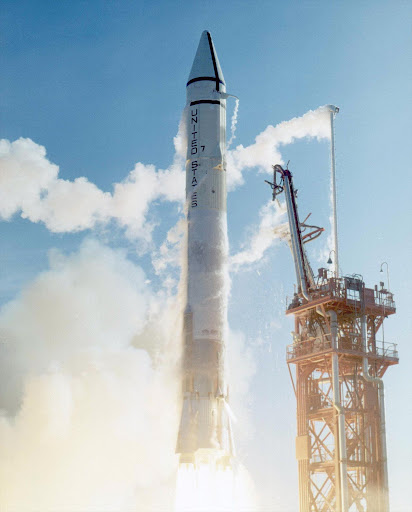
The sixth test flight finally succeeded in placing a Surveyor mockup in exactly the right trajectory for a lunar landing, had it completed a midcourse correction. This cleared the combination for an operational mission: Surveyor 1.
Despite all of these previous failures – you know, rockets crumpling in half or colliding into the launch pad – the Atlas-Centaur and the first-ever real Surveyor spacecraft performed flawlessly, becoming the first spacecraft to do a true soft landing on the moon in May 1966. Unfortunately, that luck would not extend to the Surveyor 2 mission.
Surveyor 2 launched on September 20, 1966, at 12:32 UTC on an Atlas-Centaur rocket from LC-36A at Cape Canaveral. Launch and translunar injection were nominal, confirming the problems with Centaur were finally resolved. Unfortunately, during a midcourse correction burn, one of the three landing engines failed to ignite for an unknown reason and the spacecraft went into a spin.
NASA engineers tried 39 times to get the engine to ignite but were unsuccessful. Still spinning, Surveyor 2 started up its engines for the final landing burn. The onboard computer tried to stop the spin but was unsuccessful. Two days after launch, Surveyor 2 impacted the moon southeast of Copernicus Crater. Communications ceased shortly after the landing burn began.
Fortunately, later Surveyor missions 3, 5, 6, and 7 successfully landed on the Moon and returned loads of information about its surface. Thanks to the flights of the Surveyor program and the data gathered, all attempted Apollo landings were successful.
Statistics
To wrap things up, here’s a running tally of a few spaceflight statistics for the current year:
Toilets currently in space: 7, 4 installed on ISS, 1 on the Crew Dragon, 1 on the Soyuz, and 1 on Tianhe. There were briefly 9 toilets in space this week, a new record! The additional two toilets were on the Inspiration4 Crew Dragon and on the Shenzhou before they returned to Earth.
Total 2021 orbital launch attempts: 92, including 7 failures
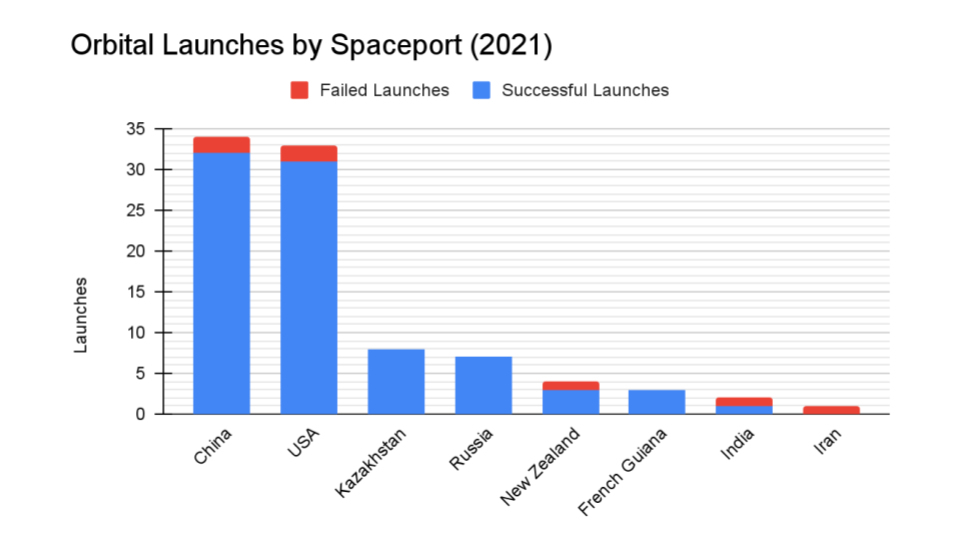
Total satellites from launches: 1455
I keep track of orbital launches by where they launched from, also known as spaceport. Here’s that breakdown:
China: 34
USA: 33
Kazakhstan: 8
Russia: 7
New Zealand: 4
French Guinea: 3
India: 2
Iran: 1
Random Space Fact
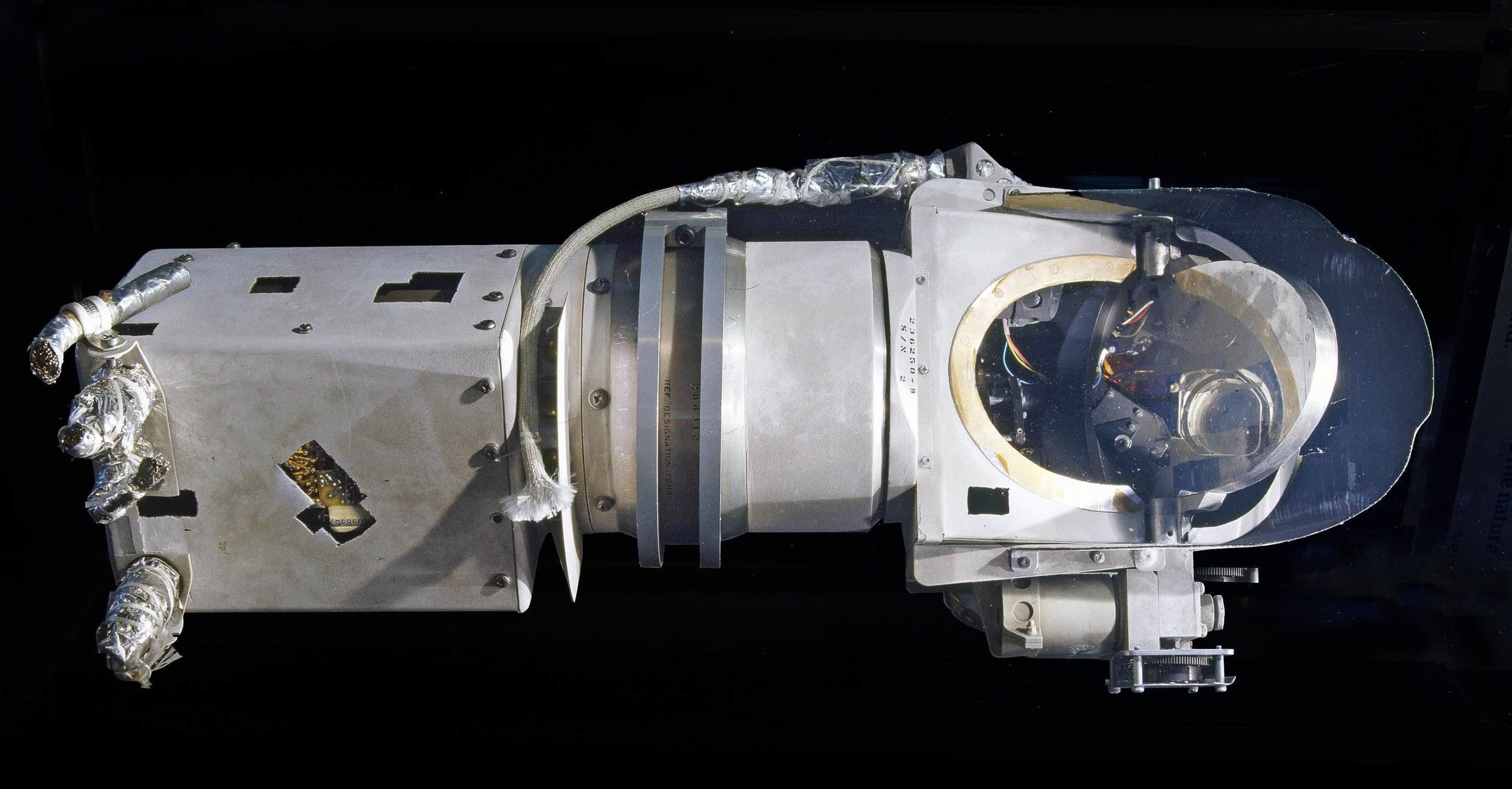
Your random space fact is that the Apollo 12 mission brought several components of Surveyor 3 back to Earth to investigate how they had fared during their two and a half years on the lunar surface. Between 50 and 100 harmless Streptococcus bacteria were found alive in the camera and a piece of electrical cable after its extended time in the vacuum of space. The camera is now on display at the National Air and Space Museum in Washington D.C.
This has been the Daily Space.
You can find more information on all our stories, including images, at DailySpace.org. As always, we’re here thanks to the donations of people like you. If you like our content, please consider joining our Patreon at Patreon.com/CosmoQuestX.
Credits
Host: Pamela Gay
Writers: Nick Castle, Gordon Dewis, Pamela Gay, Erik Madaus, and Annie Wilson
Audio and Video Editing: Ally Pelphrey
Content Editing: Beth Johnson
Executive Producer: Pamela Gay
Intro and Outro music by Kevin MacLeod, https://incompetech.com/music/


 We record most shows live, on Twitch. Follow us today to get alerts when we go live.
We record most shows live, on Twitch. Follow us today to get alerts when we go live.